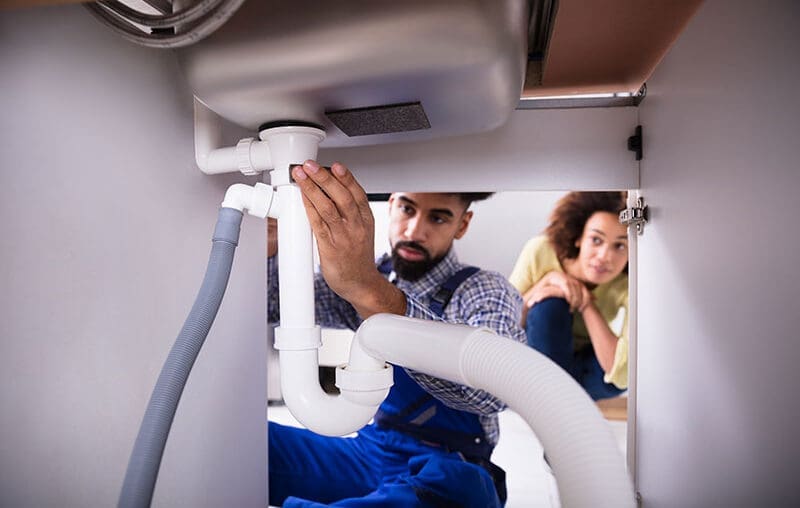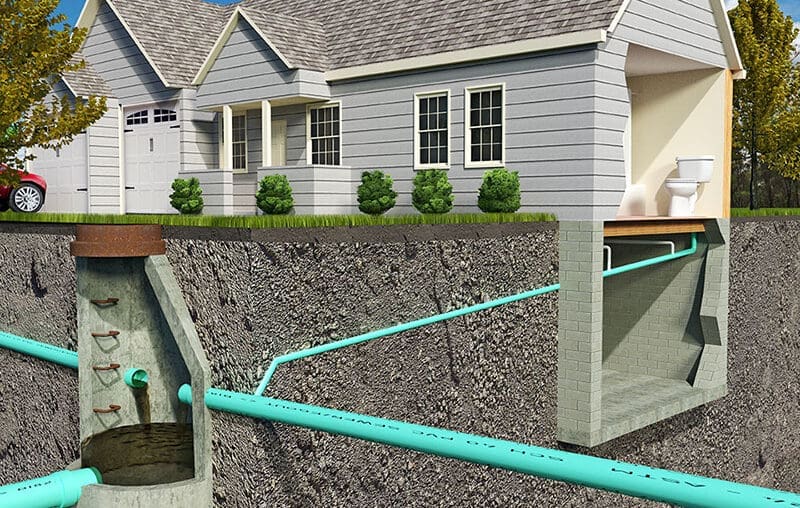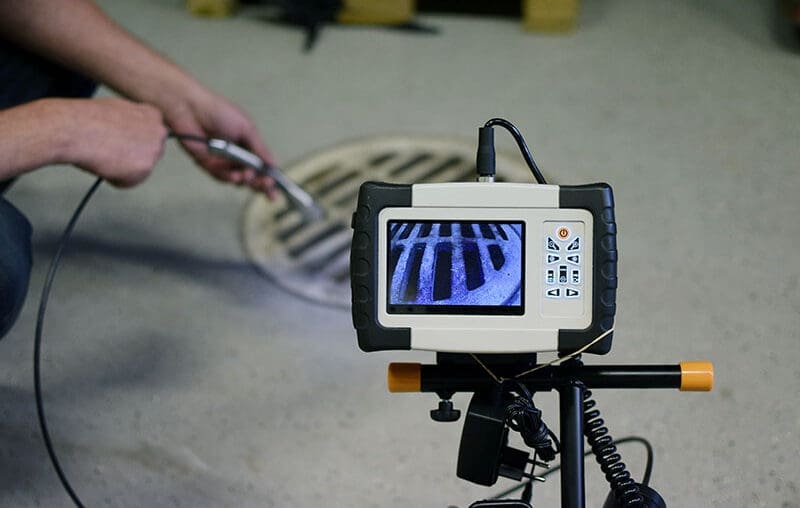When determining the right time to replace your water heater there are several factors to consider.
- Age of the Water Heater
- Maintenance History
- Water Conditions
- Money Invested in the Water Heater
- Amount of Hot Water
- Future Family Plans
- Length of Time Being in the Home









